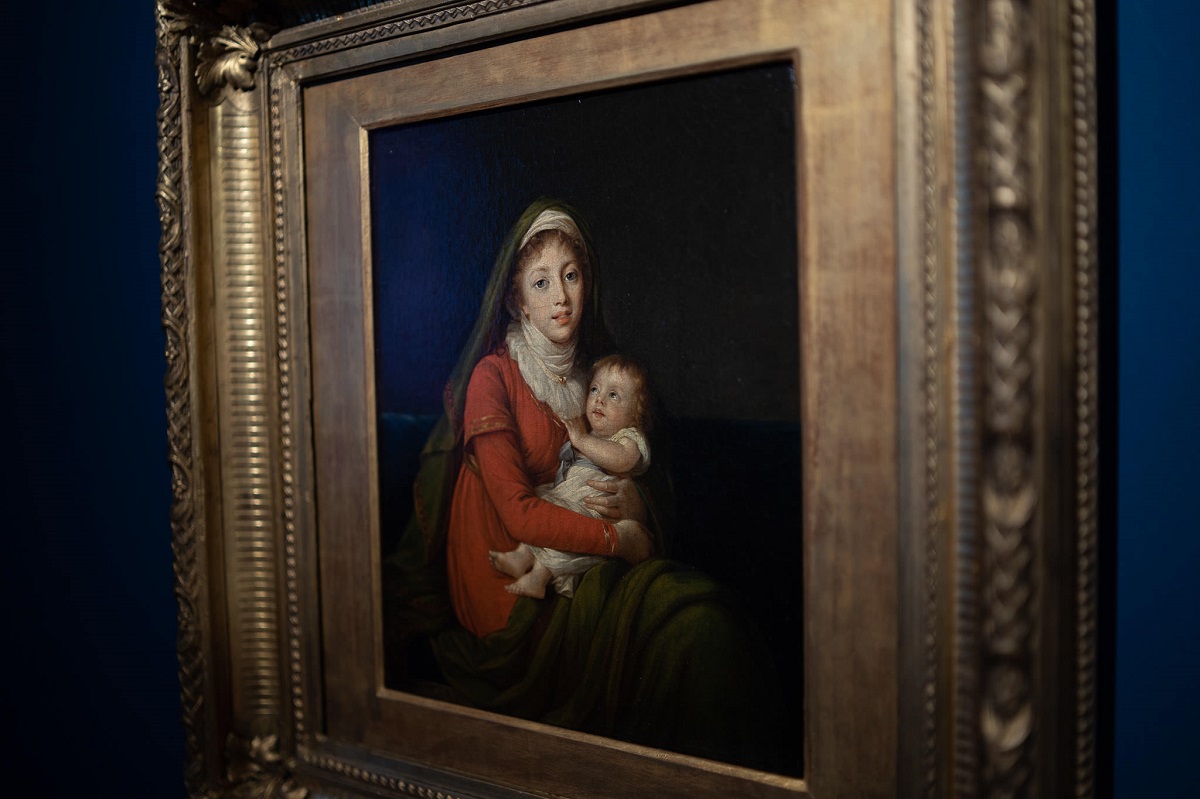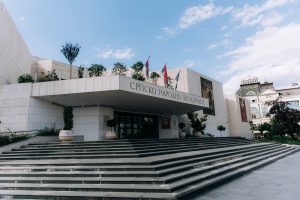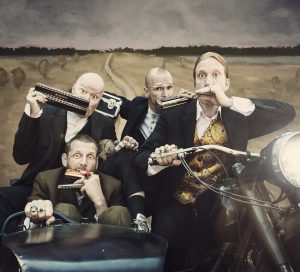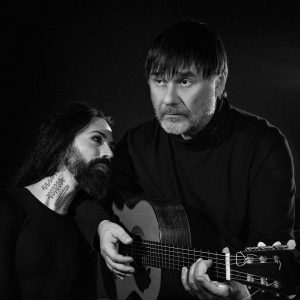For the first time, the works by leading names in national art such as Uroš Predić and Paja Jovanović, the greats of European art El Greco, Élisabeth Louise Vigée Le Brun and Marc Chagall, as well as contemporary artists Mladen Miljanović, Vladan Jeremić, Rene Redle, Safet Zec and Taus Makhacheva will be presented in this year’s European Capital of Culture.
The exhibition ‘Art of Migration – Migration in Art’, which will include works by the great names in painting, will be opened in the Gallery of Matica Srpska tomorrow, 18 February at 7 p.m.. The aim of the exhibition is not to offer certain views on the phenomenon of migration, but to select a space for social dialogue on this phenomenon through a selection of representative and interesting examples of artistic creation, confronting concepts such as fear, lack of empathy, (mis)understanding, contradictions and humanity.
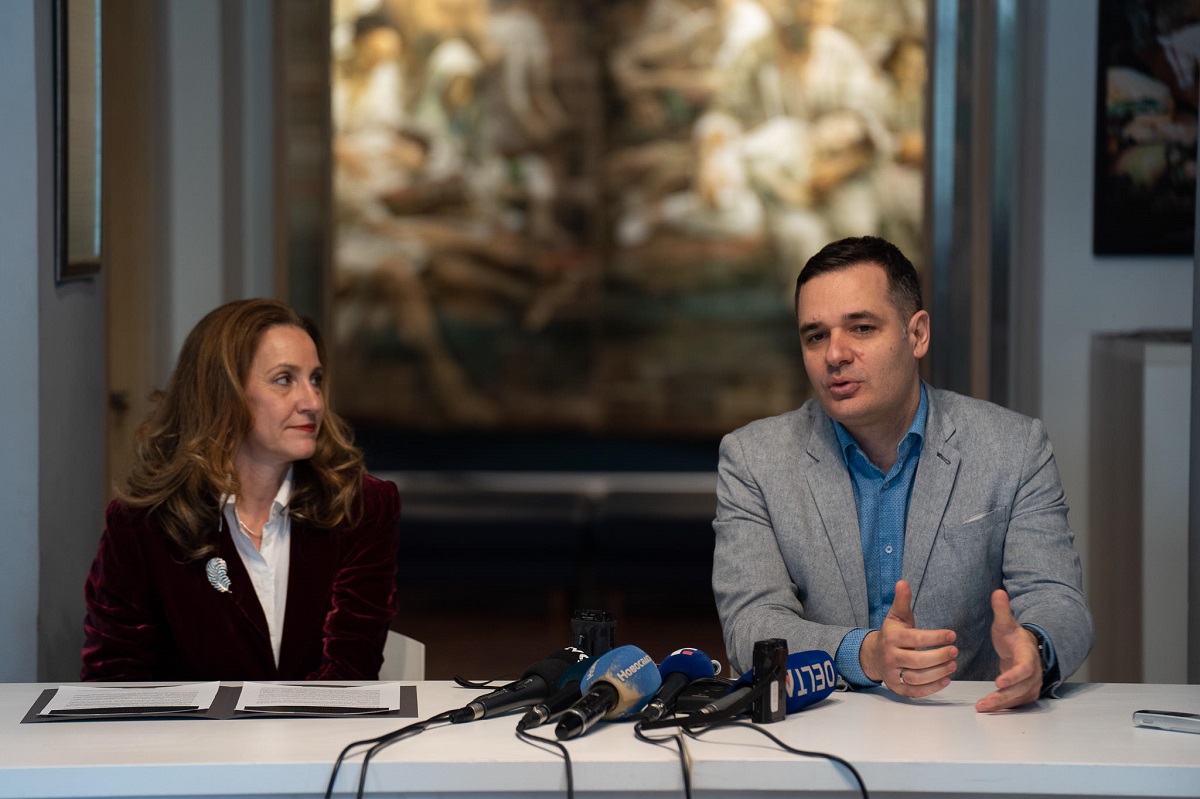
‘The exhibition really unites the incompatible, and I think it will be attractive for audiences of different perspectives – both for those who love new technologies and for those who love classical painting and contemporary art. The important thing is that we experience this exhibition as a platform for dialogue, for thinking about the phenomenon of migration, about our attitude towards migrants today and about the extent to which migration and population movements have actually changed Europe,’ said Tijana Palkovljević Bugarski, the manager of the Gallery of Matica Srpska.
The exhibition is part of the ‘Migrations’ programme arch within the ‘Novi Sad – European Capital of Culture’ project. The main topic of this programme arch is the positive impact of migration, through more than 300 cultural events and activities in 45 days, during February and March.
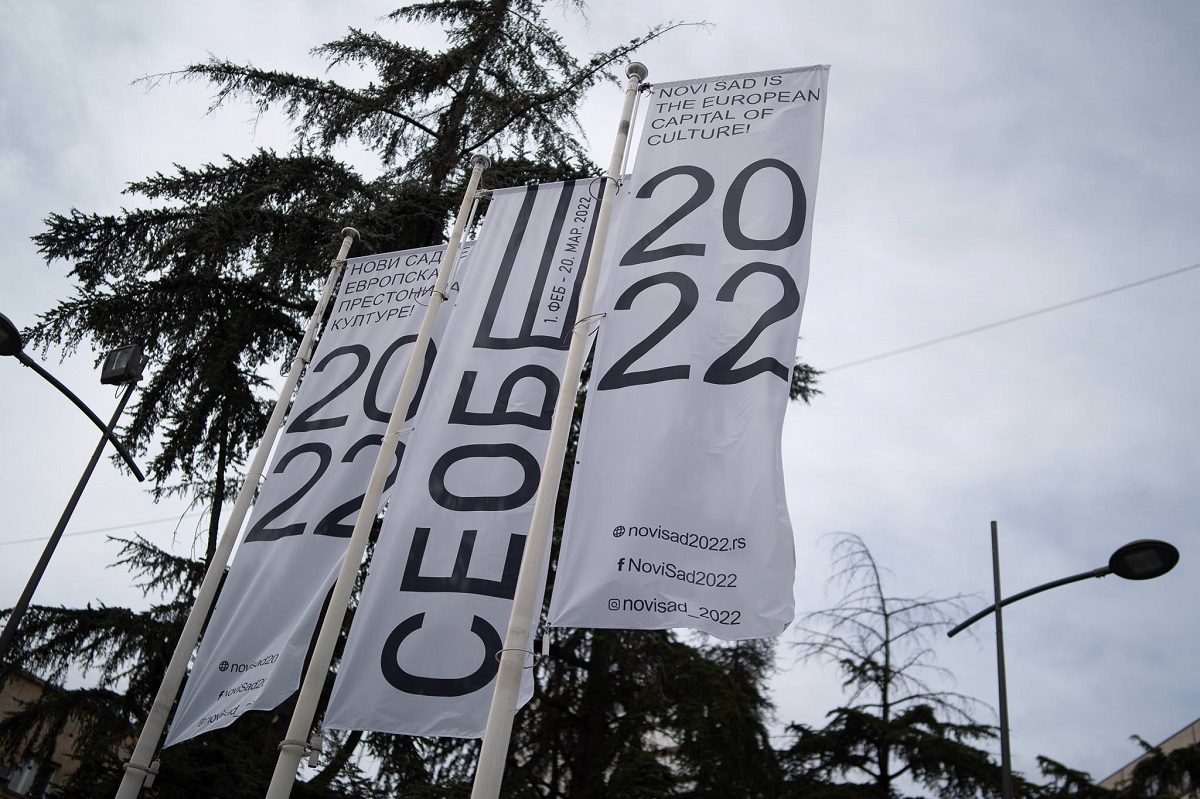
‘We decided on the topic of migration for several reasons. Every European Capital of Culture needs to rethink its identity, to know how to tell its story in the future, but in line with the European dimension. In that manner, for the first time, not only in Novi Sad, but also in Serbia, we have a unique approach to presenting the migrant identity of Novi Sad and Europe, through completely different artistic expressions. Thus, we wished to show that diversity is our strength,’ said Nemanja Milenković, CEO of the ‘Novi Sad – European Capital of Culture’ Foundation.
Within the accompanying programme of the exhibition, lectures and discussions will be implemented every Friday at 7 p.m., while on weekends there will be authorial and professional guided tours through the exhibition. In order to bring the topic of migration closer to children and young people, creative, drama and HearMe workshops will be implemented. Every other Tuesday, the audience can expect the GMS cinema at 7 p.m.
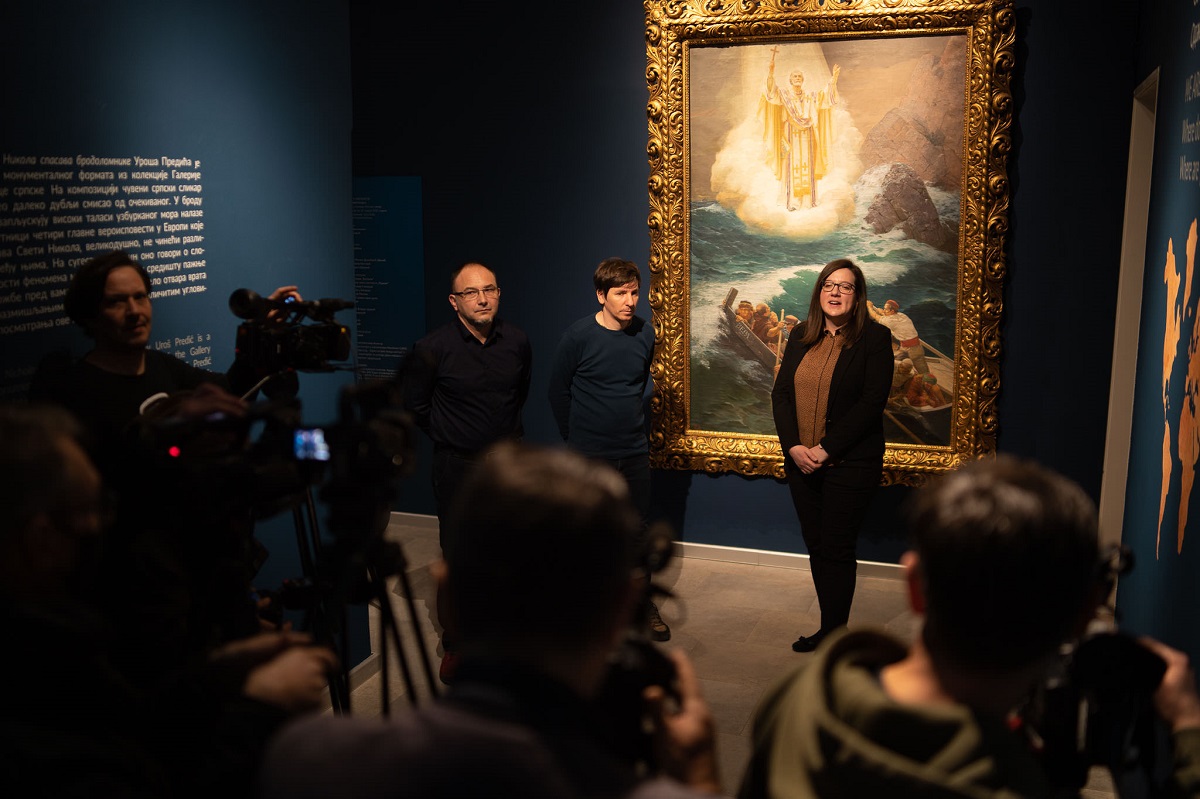
The author’s team of the exhibition consists of Danilo Vuksanović, MA, Jelena Ognjanović, MA and Luka Kulić. The exhibition is accompanied by the catalogue of the same name, as well as the publication ‘(Po)gledi ka migracijama’. Essays on the phenomenon of migrations are written by Alexei Kišjuhas, PhD, Branko Bešlin, PhD, Danilo Vuksanović, MA, Sandra Debona, PhD, Jelena Ognjanović, MA, Luka Kulić and Vladimir Gvozden, PhD.
The exhibition was created in collaboration with the State Gallery ‘Tretyakov’, The Pushkin State Museum of Fine Arts, the National Gallery of Slovenia, the National Museum in Belgrade, the National Museum Pančevo, as well as artists Taus Makhacheva, Safet Zec, Mladen Miljanović, Vladan Jeremić and Rene Redle.
The exhibition was supported by the Ministry of Culture and Information of the Republic of Serbia, the ‘Novi Sad – European Capital of Culture’ Foundation and the Provincial Secretariat for Culture, Public Information and Relations with Religious Communities.
You can find more details about the programmes of the European Capital of Culture on our website.
Photo: V. Veličković
